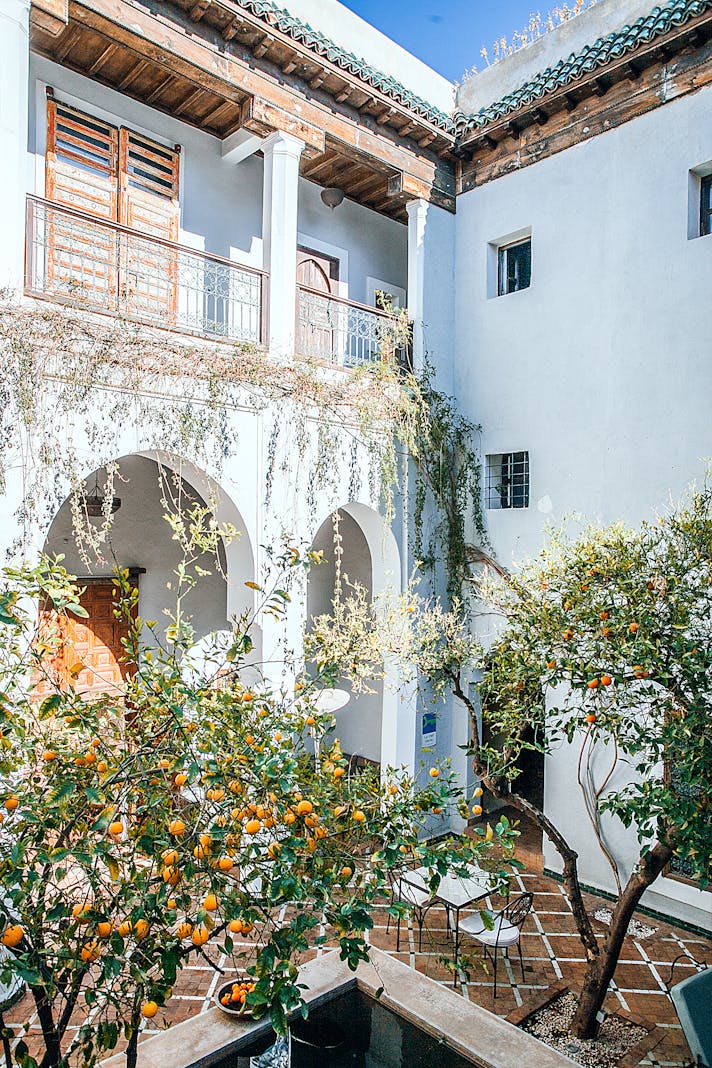Heat Waves in Southern California

The summer solstice for 2016 occurred on June 20, 2016; as if to celebrate, Southern California plunged into a massive heat wave. Triple-digit temperatures plagued the region, with the actual numbers hovering in the mythical range. Palm Springs, for example, endured a high of one hundred and twenty-two degrees; further west, downtown Los Angeles was comparatively mild, with a high of only (only!) one hundred and one. Even the mountains of Southern California sweltered, with the community of Idyllwild seeing a high of ninety-four.
In general, the region is blessed with temperate weather. Winters generally see highs in the sixties, with moderate, if any, rain. Summers are generally bone-dry, with temperatures soaring into the nineties and above. Heat waves, declared when the temperature goes nine or more degrees higher than the norm for the season, generally occur at the end of the summer, usually in September. However, they can happen in any part of the year; in February of 2016, for example, downtown Los Angeles saw a high of eighty-nine degrees.
What causes the heat waves? One could say sibling rivalry. Neighboring states in the Southwest have areas where the air has high pressure, causing the air to sink. The heated air, which has more volume than air in a lower-pressure system, then moves westward into Southern California, bringing calm and cloudless skies. While this is usually the cause of fair weather, these high pressure systems can also raise the temperature of an already warm region. With no clouds or dense air to block the sun’s heating rays, the heat rises quickly. The length of summer and autumn days provide further intensification; more daylight hours mean more time for the sun to heat the air.
Because of the effect of clouds on temperature, heat waves are related to drought conditions, which have become intensified over the past half-century – or so climatologists have thought. Because California is a comparative newcomer to western civilization, records have only been kept for the last hundred or so years. Of late, scientists have begun to wonder if drought weather is in fact Southern California’s normal climate, with the rainy years being the anomaly instead of the other way around. This would mean that the European settlement in the state was based on a misunderstanding of the region’s ability to support the number of arrivals; indeed, the big cities such as Los Angeles have historically been subject to “water wars” with other, less populous, parts of the region.
The desert-like conditions are in fact a saving grace of most heat waves. Because of the arid environment, sunset generally heralds a sharp drop in temperature, sometimes as much as thirty degrees. While uncomfortable, heat waves in Southern California are generally more bearable than in other parts of the country because of the lack of humidity. When humid air moves north from Mexico and Central America, however, a simulacrum of tropical weather ensues – and residents from San Diego to Victorville to Bakersfield complain mightily about the dampness.
Visitors, take note of these climate facts. It’s generally a good idea to plan a visit to inland areas of Southern California during the winter months, when the weather is mild. During the summer, vacations in beach areas will be much more enjoyable for the majority of tourists. Southern Californians themselves are the exception, as many who live in the region have developed a tolerance for heat. A week at a Colorado River campground (on the Arizona border) in July, with triple-digit heat? Bring a bathing suit and bring it on! In general, a summer vacation anywhere in the Southland requires access to a pool, a river, or the ocean – under these conditions, a hot day can feel heavenly.
In general, the region is blessed with temperate weather. Winters generally see highs in the sixties, with moderate, if any, rain. Summers are generally bone-dry, with temperatures soaring into the nineties and above. Heat waves, declared when the temperature goes nine or more degrees higher than the norm for the season, generally occur at the end of the summer, usually in September. However, they can happen in any part of the year; in February of 2016, for example, downtown Los Angeles saw a high of eighty-nine degrees.
What causes the heat waves? One could say sibling rivalry. Neighboring states in the Southwest have areas where the air has high pressure, causing the air to sink. The heated air, which has more volume than air in a lower-pressure system, then moves westward into Southern California, bringing calm and cloudless skies. While this is usually the cause of fair weather, these high pressure systems can also raise the temperature of an already warm region. With no clouds or dense air to block the sun’s heating rays, the heat rises quickly. The length of summer and autumn days provide further intensification; more daylight hours mean more time for the sun to heat the air.
Because of the effect of clouds on temperature, heat waves are related to drought conditions, which have become intensified over the past half-century – or so climatologists have thought. Because California is a comparative newcomer to western civilization, records have only been kept for the last hundred or so years. Of late, scientists have begun to wonder if drought weather is in fact Southern California’s normal climate, with the rainy years being the anomaly instead of the other way around. This would mean that the European settlement in the state was based on a misunderstanding of the region’s ability to support the number of arrivals; indeed, the big cities such as Los Angeles have historically been subject to “water wars” with other, less populous, parts of the region.
The desert-like conditions are in fact a saving grace of most heat waves. Because of the arid environment, sunset generally heralds a sharp drop in temperature, sometimes as much as thirty degrees. While uncomfortable, heat waves in Southern California are generally more bearable than in other parts of the country because of the lack of humidity. When humid air moves north from Mexico and Central America, however, a simulacrum of tropical weather ensues – and residents from San Diego to Victorville to Bakersfield complain mightily about the dampness.
Visitors, take note of these climate facts. It’s generally a good idea to plan a visit to inland areas of Southern California during the winter months, when the weather is mild. During the summer, vacations in beach areas will be much more enjoyable for the majority of tourists. Southern Californians themselves are the exception, as many who live in the region have developed a tolerance for heat. A week at a Colorado River campground (on the Arizona border) in July, with triple-digit heat? Bring a bathing suit and bring it on! In general, a summer vacation anywhere in the Southland requires access to a pool, a river, or the ocean – under these conditions, a hot day can feel heavenly.
You Should Also Read:
The El Nino Southern Oscillation
A Mediterranean Climate
Drought 101

Related Articles
Editor's Picks Articles
Top Ten Articles
Previous Features
Site Map
Content copyright © 2023 by Korie Beth Brown, Ph.D. . All rights reserved.
This content was written by Korie Beth Brown, Ph.D. . If you wish to use this content in any manner, you need written permission. Contact Korie Beth Brown, Ph.D. for details.







